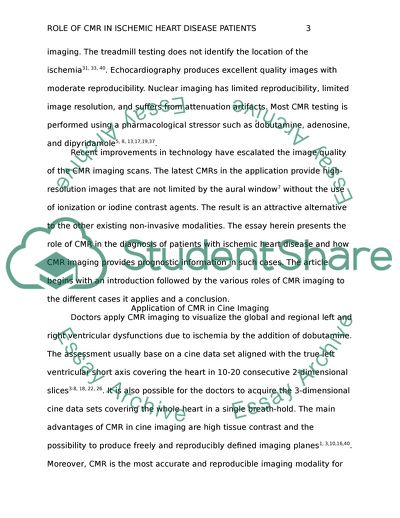Cite this document
(Role of CMR in Ischemic Heart Disease Patients Essay, n.d.)
Role of CMR in Ischemic Heart Disease Patients Essay. https://studentshare.org/health-sciences-medicine/1876956-what-is-the-role-of-cmr-in-ischemic-heart-disease-patients
Role of CMR in Ischemic Heart Disease Patients Essay. https://studentshare.org/health-sciences-medicine/1876956-what-is-the-role-of-cmr-in-ischemic-heart-disease-patients
(Role of CMR in Ischemic Heart Disease Patients Essay)
Role of CMR in Ischemic Heart Disease Patients Essay. https://studentshare.org/health-sciences-medicine/1876956-what-is-the-role-of-cmr-in-ischemic-heart-disease-patients.
Role of CMR in Ischemic Heart Disease Patients Essay. https://studentshare.org/health-sciences-medicine/1876956-what-is-the-role-of-cmr-in-ischemic-heart-disease-patients.
“Role of CMR in Ischemic Heart Disease Patients Essay”. https://studentshare.org/health-sciences-medicine/1876956-what-is-the-role-of-cmr-in-ischemic-heart-disease-patients.


